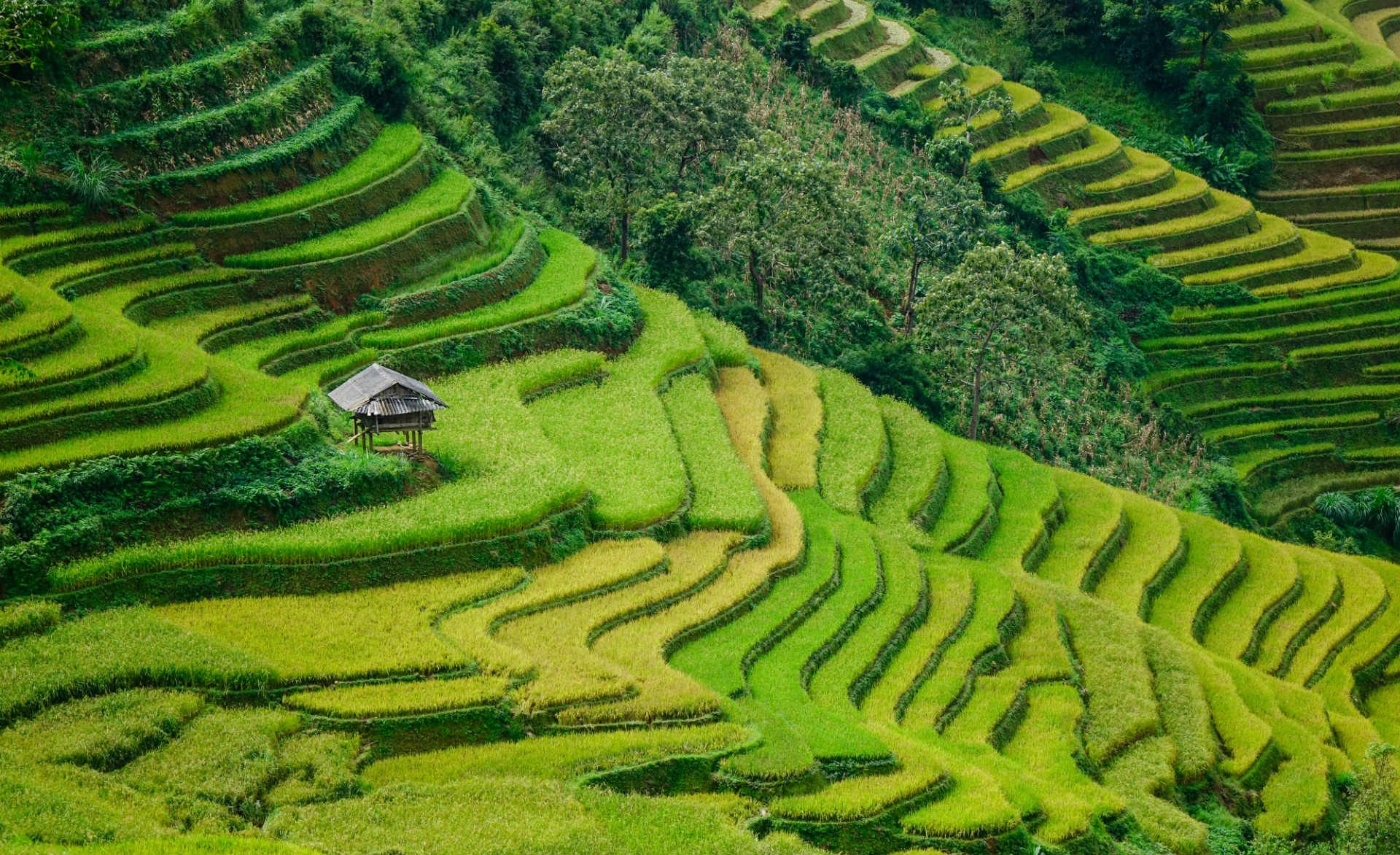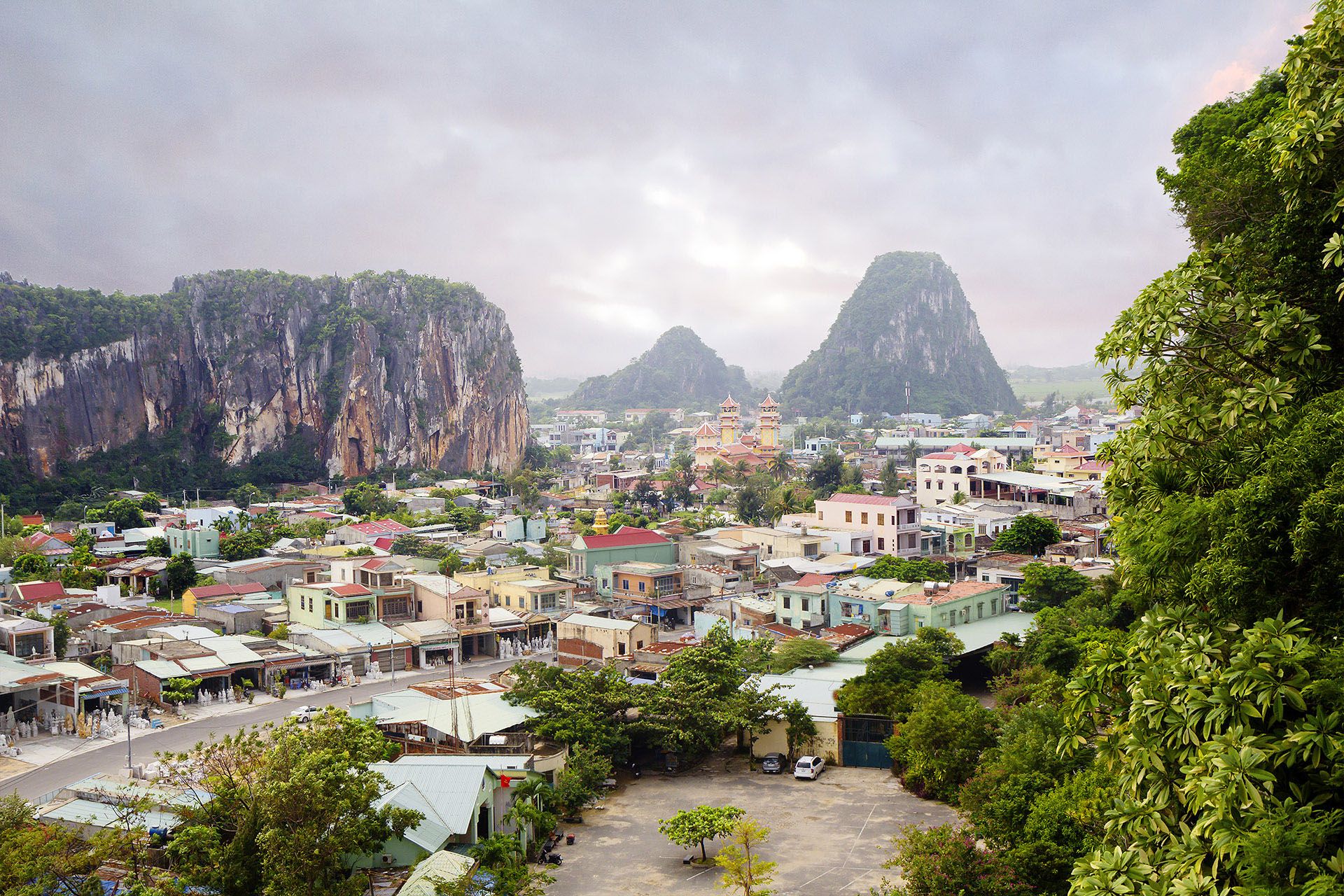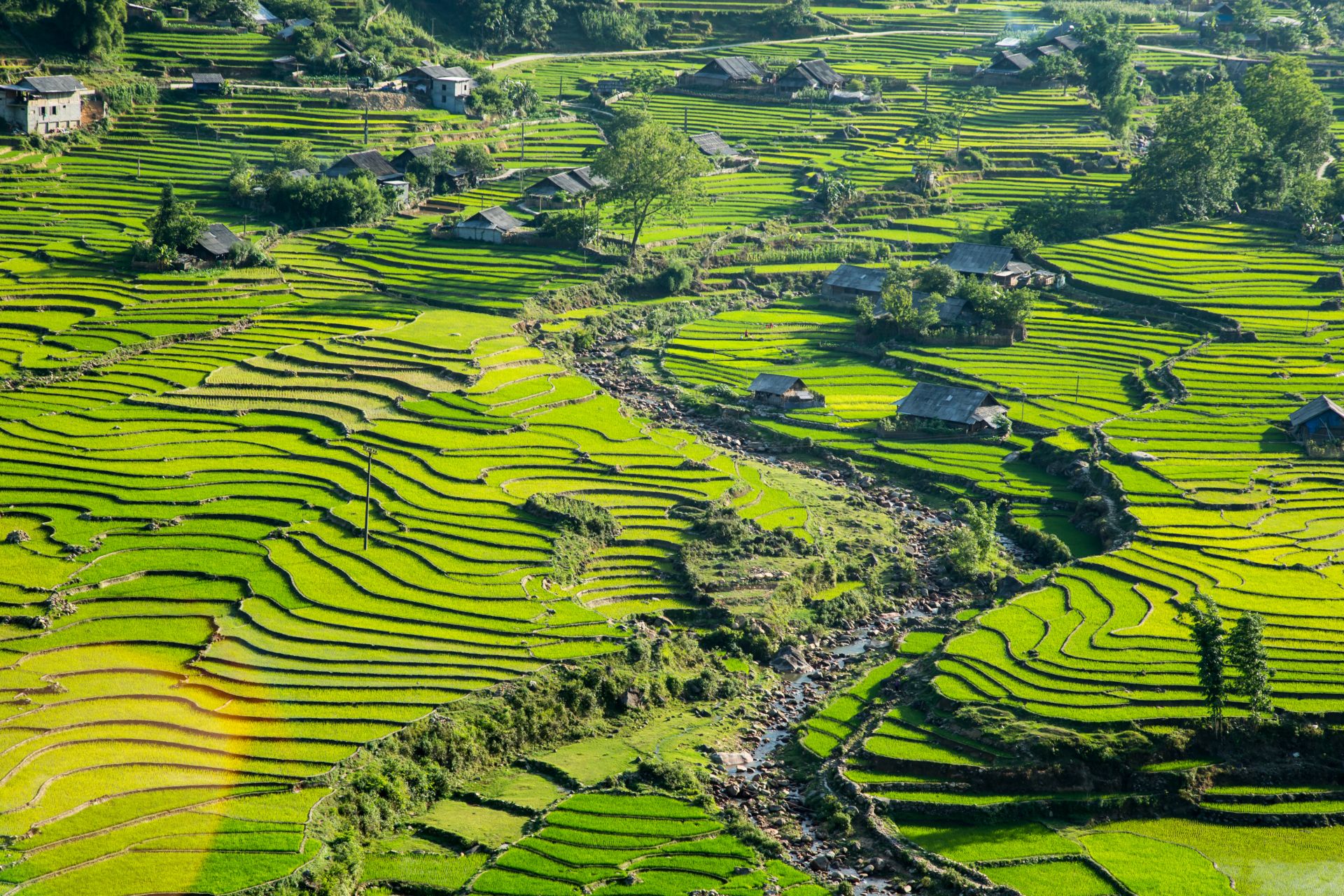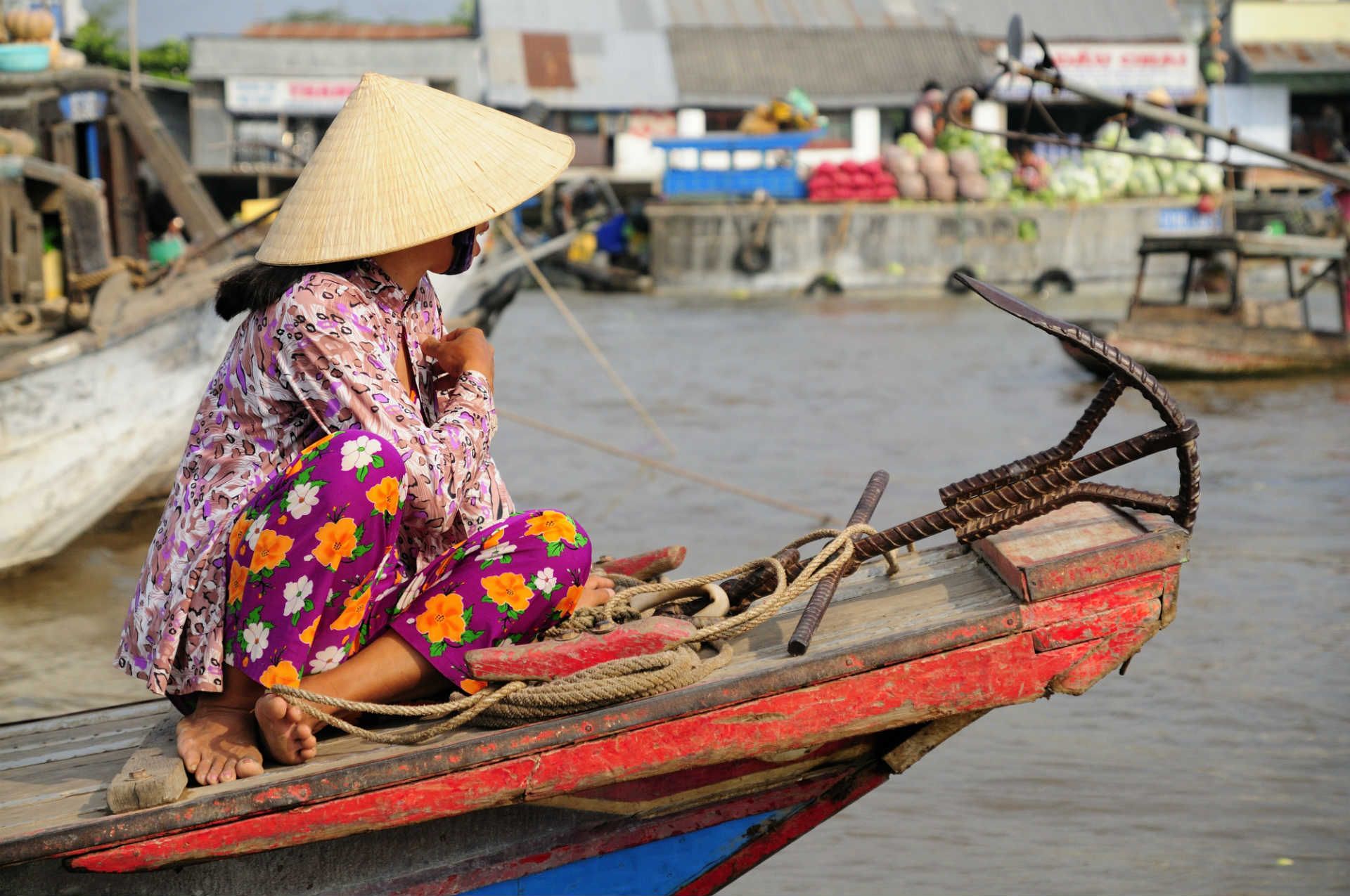When is the rain season in Vietnam?
The rainy season in Vietnam varies depending on the region:
- North Vietnam (e.g., Hanoi, Sapa): The rainy season typically lasts from May to September. During this time, the north experiences heavy rainfall, particularly in July and August. The mountainous areas like Sapa can be especially wet and slippery.
- Central Vietnam (e.g., Hue, Da Nang, Hoi An): The central region has its rainy season from September to December. This period often sees typhoons and very heavy rains, particularly in October and November.
- South Vietnam (e.g., Ho Chi Minh City, Mekong Delta): The rainy season here is from May to November. Rain usually comes in short, heavy bursts and is often at night, making it possible to still enjoy some daytime activities.
Visiting Vietnam during festivals
When you are deciding on when to go to Vietnam it's worth looking at the calendar of annual festivals, so that you can perhaps plot them on your itinerary.
The most important festival is Tet, the Vietnamese New Year, and lasts for seven days sometime between the last week of January and the third week of February. Families get together to celebrate and there's a party-like atmosphere in the cities, with colorful decorations decorating the streets, the scent of incense in the air, and glorious fireworks displays filling the skies.
The majority of festivals take place in spring, with a second flurry in the fall months. One festival you might want to make a note of, however, is Tet: not only does most of Vietnam close down for the week, but either side of the vacation local transport services are stretched to the limit and international flights are filled by returning overseas Vietnamese.
TET: the Vietnamese New Year
If we're talking about the best time to visit Vietnam, we can't ignore TET. Tet or Tet Nguyen Dan, is Vietnam's most important annual festival lasting seven days. Typically falling between late January and mid-February during the new moon, Tet is a time for family reunions, welcoming ancestral spirits, and celebrating the New Year. Interestingly, everyone in Vietnam becomes a year older at Tet, as age is counted by the new year, not individual birthdays.
In preparation for Tet, the excitement builds, culminating in fireworks displays on the eve since firecrackers were banned in 1995. A week prior, the Ong Tau festival kicks off, honoring the god of the hearth. Families prepare by cleaning the house thoroughly and making offerings to Ong Tau.
Tet is a time for fresh starts. Debts are settled, and new clothes and haircuts are acquired if affordable. Charms for good luck are placed around homes, and the first moments of the New Year are considered crucial for setting the tone for the year ahead. The characteristics of the first visitor on Tet morning can also influence a family's fortune for the entire year, making this a significant aspect of the celebration.
- Full name: Tet Nguyen Dan
- Meaning: Festival of the first day
- Duration: 7 days
- Time: Last week of January to the third week of February, on the new moon night
- Purpose: Celebrate renewal and hope for the New Year, family reunions, and welcoming ancestral spirits.
- Calendar: Falls on the new moon night between late January and mid-February.
- Counting age: Everyone in Vietnam becomes a year older as age is counted by the new year, not individual birthdays.
- First minutes and hours: Set the pattern for the year.
- Avoid: Arguments, swearing, or breaking anything, especially during the first three days.
- The first visitor: Good Luck or Bad Luck
- Ideal visitor: Respected, wealthy, and happily married individuals are considered good luck.
- Avoid: Bereaved, unemployed, accident-prone, or pregnant visitors are considered ill-favored.
- Responsibility: The first visitor's attributes could affect the family's luck for the whole year.














